Home>Technology>Home Entertainment Systems>Which Of These Can Television Cameras Do?
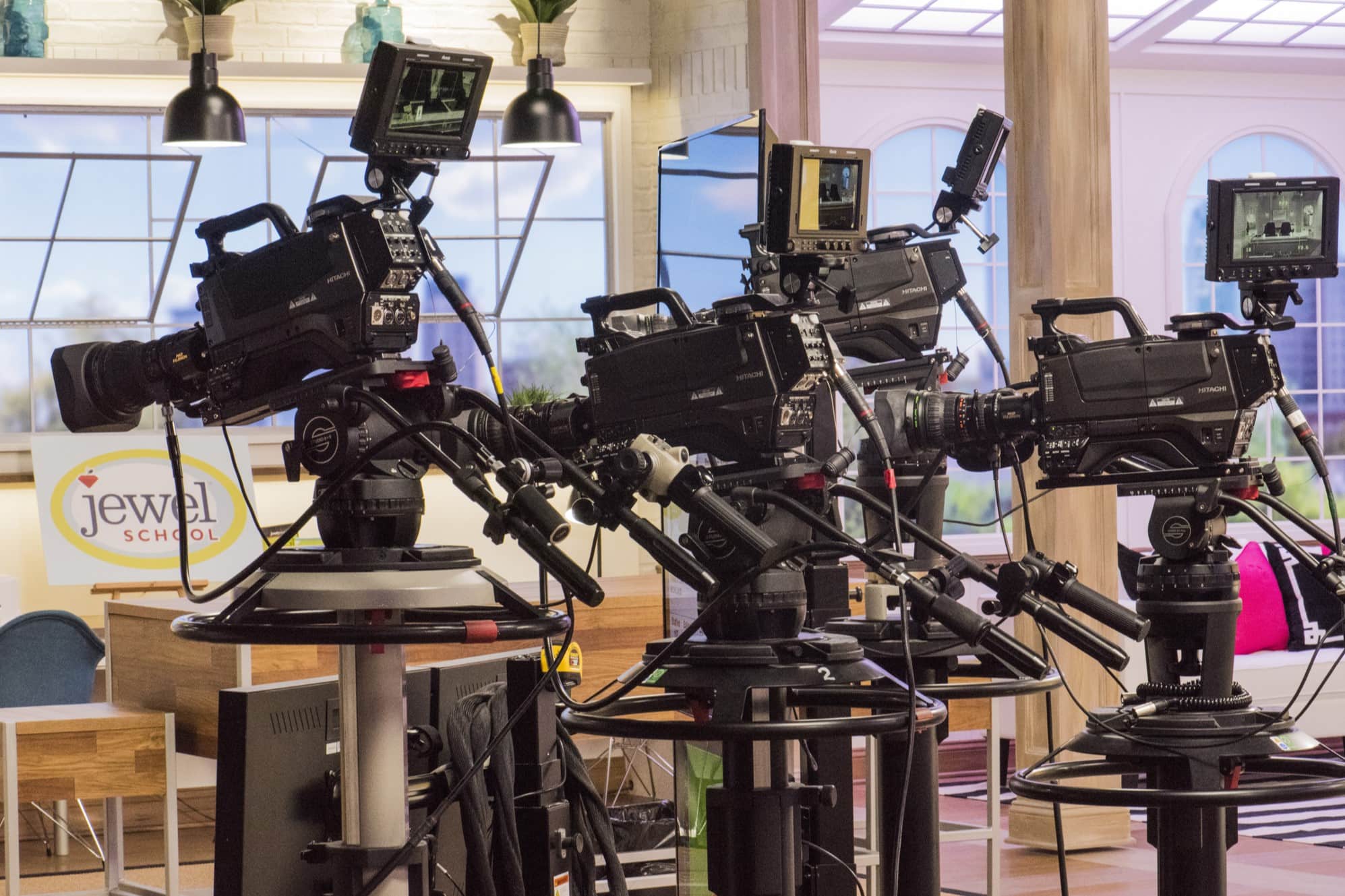

Home Entertainment Systems
Which Of These Can Television Cameras Do?
Published: December 20, 2023
Discover the capabilities of television cameras in home entertainment systems and enhance your viewing experience with the latest advancements in technology.
(Many of the links in this article redirect to a specific reviewed product. Your purchase of these products through affiliate links helps to generate commission for Storables.com, at no extra cost. Learn more)
Introduction
Welcome to the ever-evolving world of home entertainment systems! In this digital age, television cameras play a crucial role in capturing, broadcasting, and enhancing the quality of moving images. Whether you’re a sports enthusiast looking for the best view of your favorite team or a movie buff craving a cinematic experience at home, understanding the capabilities of modern television cameras is essential.
Television cameras have come a long way since their inception. Gone are the days of bulky and cumbersome cameras. Today, we have sleek and sophisticated cameras that can capture breathtaking visuals and deliver them directly to your living room. So, let’s dive in and explore the incredible things that television cameras can do!
Key Takeaways:
- Television cameras offer advanced image sensors, powerful zoom capabilities, and precise focusing mechanisms to capture every detail with stunning clarity, enhancing the home entertainment experience.
- With features like adjusting exposure, manipulating camera angles, enhancing audio quality, and flexible signal transmission options, television cameras elevate the visual and audio experience, bringing favorite content to life.
Capturing Moving Images
At the core of every television camera is its ability to capture moving images with precision and clarity. Television cameras use advanced image sensors, such as CMOS (Complementary Metal-Oxide-Semiconductor) or CCD (Charge-Coupled Device), to convert light into electrical signals. These signals are then processed and transmitted to your TV screen, allowing you to see a seamless representation of the action.
Modern television cameras excel at capturing fast-paced movements, ensuring that you don’t miss a single moment of the action. With high frame rates and fast shutter speeds, these cameras can freeze even the most rapid movements with stunning detail. Whether it’s a thrilling sports event or an action-packed movie scene, the camera’s ability to capture every intricate detail adds depth and realism to your viewing experience.
Furthermore, television cameras are equipped with image stabilization technology, which eliminates unwanted camera shakes or vibrations. This feature ensures that the footage remains smooth and stable, even when the camera is handheld or mounted on a moving platform. So, whether you’re filming a family gathering or shooting a documentary on the go, television cameras allow you to capture steady and professional-looking footage.
Broadcasting Live Events
Television cameras are instrumental in broadcasting live events, bringing the excitement of sports, concerts, news, and other live performances directly into the comfort of your home. These cameras are designed to capture the action as it unfolds, allowing viewers to experience events in real-time.
When broadcasting live events, television cameras are strategically positioned to provide the best possible coverage. Multiple cameras are often used, each capturing different angles of the event. This variety of camera angles helps to create a dynamic and immersive viewing experience for the audience.
Television cameras used for live broadcasts are equipped with powerful zoom capabilities. This allows the camera operators to focus in on specific moments or performers, giving viewers a close-up and detailed view. With remote-controlled cameras and camera operators with years of experience, the shots can be precisely composed, capturing the most captivating moments of the event.
In addition to capturing visuals, television cameras used in live broadcasting also capture audio. They feature high-quality microphones to capture the ambient sounds, crowd reactions, and the voices of the performers or commentators. This ensures that viewers not only see the action but also hear the sounds of the event, enhancing the overall immersion.
It’s worth noting that broadcasting live events involves complex technical setups and coordination. Television cameras are connected to broadcasting equipment, including video switchers, audio mixers, and satellite or internet transmission systems. These systems work together seamlessly to transmit the live feed to television networks or online streaming platforms, allowing viewers around the world to enjoy the event in real-time.
Recording and Playback
In addition to broadcasting live events, television cameras also have the capability to record and playback footage. This functionality allows you to capture and relive your favorite moments, whether it’s a family gathering, a memorable vacation, or a special event.
Television cameras have built-in memory cards or storage systems, which provide ample space for recording hours of footage. Depending on the camera’s specifications, you can choose different video resolutions and quality settings to suit your needs. Whether you’re looking to capture high-definition footage or save storage space by opting for lower resolutions, television cameras give you the flexibility to customize your recording settings.
Recording with a television camera is as simple as pressing a button. With intuitive controls and user-friendly interfaces, you can start recording your precious moments with ease. Additionally, many cameras offer features like autofocus and image stabilization during recording, ensuring that your footage is sharp, clear, and free from unwanted camera movements.
Once you’ve captured your footage, television cameras provide easy playback options. Simply connect the camera to your TV or computer, and you can relive your memories on a larger screen. Some cameras even have built-in playback screens, allowing you to review your footage immediately after capturing it.
Furthermore, television cameras offer editing features, allowing you to trim, rearrange, or enhance your recorded footage. You can add filters, adjust colors, or even merge multiple clips together to create a seamless video. With these editing capabilities, you can unleash your creativity and transform your raw footage into a polished and visually stunning masterpiece.
Whether it’s for personal enjoyment or professional purposes, the ability to record and playback footage with television cameras adds a new dimension to capturing and preserving memories.
Zooming and Focusing
One of the notable features of television cameras is their ability to zoom in and focus on specific subjects, providing a closer look at the action. This feature is especially useful when capturing events from a distance or when you want to highlight a particular element in the frame.
Television cameras offer both optical zoom and digital zoom capabilities. Optical zoom uses the camera’s lens to physically magnify the image, resulting in high-quality and lossless zoom. This allows you to get closer to the subject without sacrificing the image quality. On the other hand, digital zoom enlarges the image electronically but can lead to a loss of image resolution.
In addition to zooming, television cameras have advanced focusing systems that ensure the subject remains sharp and clear. Auto-focus functionality automatically adjusts the focus based on the distance between the camera and the subject. This is particularly beneficial when capturing fast-paced events or situations where manual focusing may be challenging.
For more control over the focus, television cameras also provide manual focus options. This allows you to manually adjust the focus ring on the camera, ensuring that the subject remains in sharp focus, even in challenging lighting conditions or when using creative shallow depth of field techniques.
The ability to zoom and focus with precision gives you the freedom to compose your shots effectively and capture the desired details, whether it’s the expression on a performer’s face or the intricate details of a landscape. It adds versatility to your footage, allowing you to get creative and experiment with different perspectives.
Overall, the zooming and focusing capabilities of television cameras provide you with the tools to capture stunning visuals and bring the viewer closer to the action.
Read more: Which Way Do You Face The Trash Can
Adjusting Exposure
Proper exposure is vital in capturing high-quality images, and television cameras offer various tools and features to help you achieve the correct exposure in different lighting conditions.
Television cameras have built-in light meters that measure the intensity of the light in the scene. Based on these measurements, the camera’s automatic exposure mode calculates the optimal settings for aperture, shutter speed, and ISO sensitivity. This ensures that the image is properly exposed, with the right balance of light and dark areas.
In addition to automatic exposure, many television cameras also provide manual exposure control. This allows you to have full control over the camera’s settings and make adjustments according to your specific requirements. You can manually adjust the aperture to control the amount of light entering the camera, adjust the shutter speed to control the duration of the exposure, and adjust the ISO sensitivity to control the camera’s sensitivity to light.
Television cameras also offer exposure compensation, which allows you to override the camera’s automatic exposure settings. This can be useful in situations where the lighting conditions are challenging, such as when shooting against a bright background or in low-light environments. By adjusting the exposure compensation, you can make the image brighter or darker, depending on your artistic vision.
Furthermore, advanced television cameras offer features like HDR (High Dynamic Range) imaging, which combines images taken at different exposure levels to capture a wider range of tonal details. This ensures that both the highlights and shadows are well-exposed, resulting in a more balanced and visually appealing image.
Being able to adjust exposure gives you control over the overall look and feel of your footage. It allows you to capture the details in both bright and dark areas, enhancing the overall quality and visual impact of your images.
When using television cameras, always ensure proper lighting and white balance to capture clear and accurate images. Adjust the focus and framing to highlight the subject effectively.
Manipulating Camera Angles
The ability to manipulate camera angles is a key feature of television cameras that adds depth and visual interest to your footage. By changing the camera angle, you can alter the perspective, composition, and storytelling of your shots, resulting in a more dynamic and engaging viewing experience.
Television cameras offer a range of movement options to manipulate camera angles. One of the basic movements is panning, which involves horizontally rotating the camera from side to side. This movement is useful for capturing wide scenic shots or following the action as it moves across the frame.
Tilting is another essential movement that involves vertically angling the camera up or down. It can be used to capture tall structures, emphasize the sky or ground, or create dramatic effects in storytelling.
Television cameras also have the ability to zoom in or out, bringing subjects closer or creating a wider field of view. Zooming can create a sense of intimacy or capture small details, while zooming out can establish context or capture expansive scenery.
Some television cameras also offer the option to mount them on tracks or dollies, allowing for smooth movements along a predetermined path. This is commonly used in television production and filmmaking to create dynamic and visually compelling shots.
In addition to these basic camera movements, television cameras may also have the ability to tilt and roll, providing more creative possibilities for capturing unique angles and perspectives. These movements can be particularly useful when shooting sports, documentaries, or music videos, where capturing the action from different angles enhances the overall visual storytelling.
By manipulating camera angles effectively, you can highlight specific elements, create a sense of movement, or evoke certain emotions in your footage. It adds versatility and visual interest, allowing you to capture shots that truly stand out and captivate your audience.
Adjusting Color and Lighting
Color and lighting play a crucial role in setting the mood, tone, and visual aesthetic of your footage. Television cameras offer a range of tools and features to help you adjust and manipulate color and lighting to achieve the desired effects.
White balance is a fundamental feature of television cameras that ensures accurate color reproduction. It helps to compensate for the different color temperatures of various light sources, such as sunlight, fluorescent lights, or incandescent bulbs. By adjusting the white balance settings, you can achieve natural and true-to-life colors in your footage.
Television cameras also offer preset and custom color profiles, allowing you to adjust the color saturation, contrast, and tint. These settings give you creative control over the overall look and feel of your footage, whether you want to achieve a vibrant and saturated look or a more muted and subtle color palette.
In challenging lighting conditions, television cameras provide additional features to help you achieve the desired exposure and lighting effects. For example, they may offer built-in filters or ND (Neutral Density) filters, allowing you to control the amount of light entering the camera and prevent overexposure in bright environments.
Furthermore, advanced television cameras offer features like HDR (High Dynamic Range) and WCG (Wide Color Gamut) imaging, which allow for a wider range of colors and tonal details. These features can significantly enhance the visual impact of your footage, particularly when capturing scenes with high contrasts or vibrant colors.
In post-production, television cameras provide flexibility for adjusting color and lighting through software or video editing tools. This allows you to fine-tune the color balance, adjust exposure levels, or even apply creative color grading techniques to achieve the desired visual style.
By adjusting color and lighting, you can create different moods and atmospheres in your footage, whether it’s a warm and cozy setting for a family gathering or a cool and dramatic tone for an action-packed scene. It adds depth and visual richness, elevating the overall quality and impact of your visuals.
Enhancing Audio Quality
While visual quality is important, audio plays a critical role in delivering an immersive and engaging home entertainment experience. Television cameras are equipped with features and technologies designed to enhance the audio quality, ensuring that you can fully enjoy the rich soundscape of your favorite shows, movies, or live events.
One of the key features of television cameras is the inclusion of high-quality microphones. These microphones capture the ambient sounds, voices, and other audio elements during recording. The positioning and sensitivity of these microphones are carefully optimized to capture clear and natural audio, whether it’s dialogue, music, or sound effects.
Television cameras may also offer different audio recording modes, allowing you to choose the most appropriate setting for your specific needs. These modes may include stereo recording, surround sound recording, or even advanced audio codecs for improved compression and fidelity.
In addition to built-in microphones, television cameras provide options for connecting external audio devices. This could be a professional-grade microphone, a wireless microphone system, or an audio mixer. These external devices allow you to capture clearer and more focused audio, especially in situations where the sound source is distant or there is a lot of ambient noise.
To further enhance the audio quality, television cameras offer features like audio level control and audio monitoring. These features allow you to adjust the volume levels during recording or playback, ensuring that your audio is balanced and free from distortion. Audio monitoring enables you to listen to the audio in real-time, allowing for immediate adjustments and ensuring optimal sound quality.
Post-production also plays a crucial role in enhancing audio quality. Television cameras provide options for exporting separate audio tracks, allowing for more precise editing, mixing, and mastering. This ensures that the final audio mix is polished, well-balanced, and optimized for the best possible listening experience.
With the ability to capture and reproduce high-quality audio, television cameras ensure that you can fully immerse yourself in the sonic world of your favorite content. From crisp dialogue to dynamic soundscapes, enhanced audio quality enhances the overall enjoyment and engagement of your home entertainment experience.
Read more: Which Is Better: Plasma Or LCD Television?
Transmitting Signals
Television cameras not only capture and enhance the visual and audio content but also play a crucial role in transmitting signals to ensure that the content reaches your television or other display devices. The transmission process involves encoding, compressing, and delivering the signals to be received by the viewers.
One of the common methods of signal transmission is through cables. Television cameras are equipped with various ports and connectors such as HDMI (High-Definition Multimedia Interface) or SDI (Serial Digital Interface), which allow for high-quality transmission of video and audio signals. These cables ensure a direct and reliable connection between the camera and the display device.
Another popular method of signal transmission is through wireless technology. Television cameras may support wireless transmission using technologies like Wi-Fi or Bluetooth. This enables convenient and cable-free connections, allowing for more flexibility in camera positioning and movement.
In addition to cable and wireless transmission, television cameras are also capable of streaming content over the internet. By connecting the camera to a network, either wired or wireless, you can stream live events, recorded footage, or even video calls directly to online platforms and social media channels. This allows for real-time viewing and instant sharing of content with a wider audience.
Signal transmission often requires encoding and compression to optimize the data size for efficient delivery. Television cameras use various video codecs, such as H.264 or H.265, to compress the video signals without significant loss in quality. This compression allows for smoother transmission and playback, even with limited internet bandwidth or storage capacity.
Moreover, television cameras may also support other transmission protocols like RTMP (Real-Time Messaging Protocol) or RTSP (Real-Time Streaming Protocol), which are commonly used for live streaming and remote viewing. These protocols enable real-time communication between the camera and the receiving device, ensuring a seamless and synchronized viewing experience.
By providing various options for signal transmission, television cameras ensure that you can enjoy high-quality content in the most convenient and efficient way possible. Whether it’s through cables, wireless connections, or online streaming, these cameras enable you to experience the captured footage with ease and flexibility.
Conclusion
The world of home entertainment systems continues to evolve, and television cameras play a vital role in capturing, enhancing, and delivering immersive visual and audio experiences. From capturing moving images with precision to broadcasting live events, recording and playback, adjusting exposure, manipulating camera angles, adjusting color and lighting, enhancing audio quality, and transmitting signals, television cameras offer a host of features and functionalities to elevate your home entertainment experience.
With advanced image sensors, powerful zoom capabilities, and precise focusing mechanisms, television cameras enable you to capture every detail of the action with stunning clarity. The ability to adjust exposure and manipulate camera angles gives you creative control over the visuals, allowing you to tell compelling stories and create captivating footage.
Television cameras also excel at enhancing the audio quality, ensuring that you can fully immerse yourself in the rich soundscape of your favorite content. From built-in microphones and external audio options to advanced audio technologies, these cameras deliver clear and natural audio that complements the visual experience.
Furthermore, signal transmission options such as cables, wireless connections, and online streaming capabilities enable you to easily share and enjoy your content on various devices and platforms.
In conclusion, television cameras have become indispensable tools in the world of home entertainment systems. Their technological advancements and capabilities enhance the quality, impact, and versatility of the content you capture and create. By understanding and harnessing the power of television cameras, you can elevate your home entertainment experience to new heights, immersing yourself in stunning visuals and immersive audio that bring your favorite content to life.
Frequently Asked Questions about Which Of These Can Television Cameras Do?
Was this page helpful?
At Storables.com, we guarantee accurate and reliable information. Our content, validated by Expert Board Contributors, is crafted following stringent Editorial Policies. We're committed to providing you with well-researched, expert-backed insights for all your informational needs.
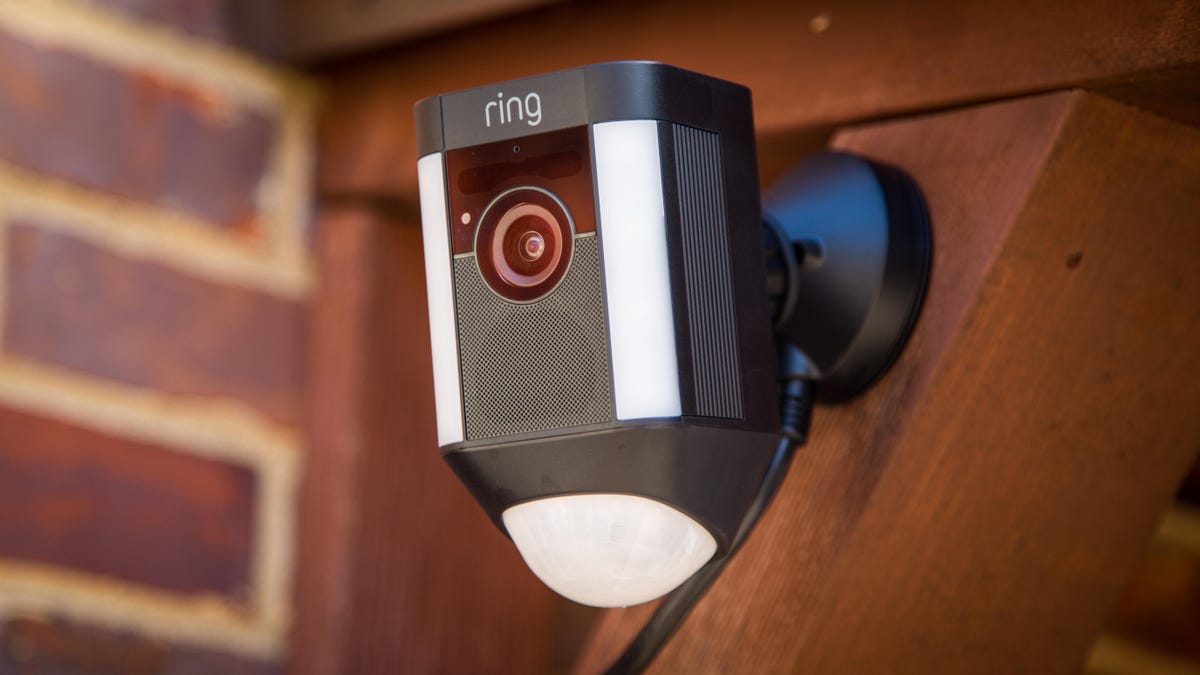

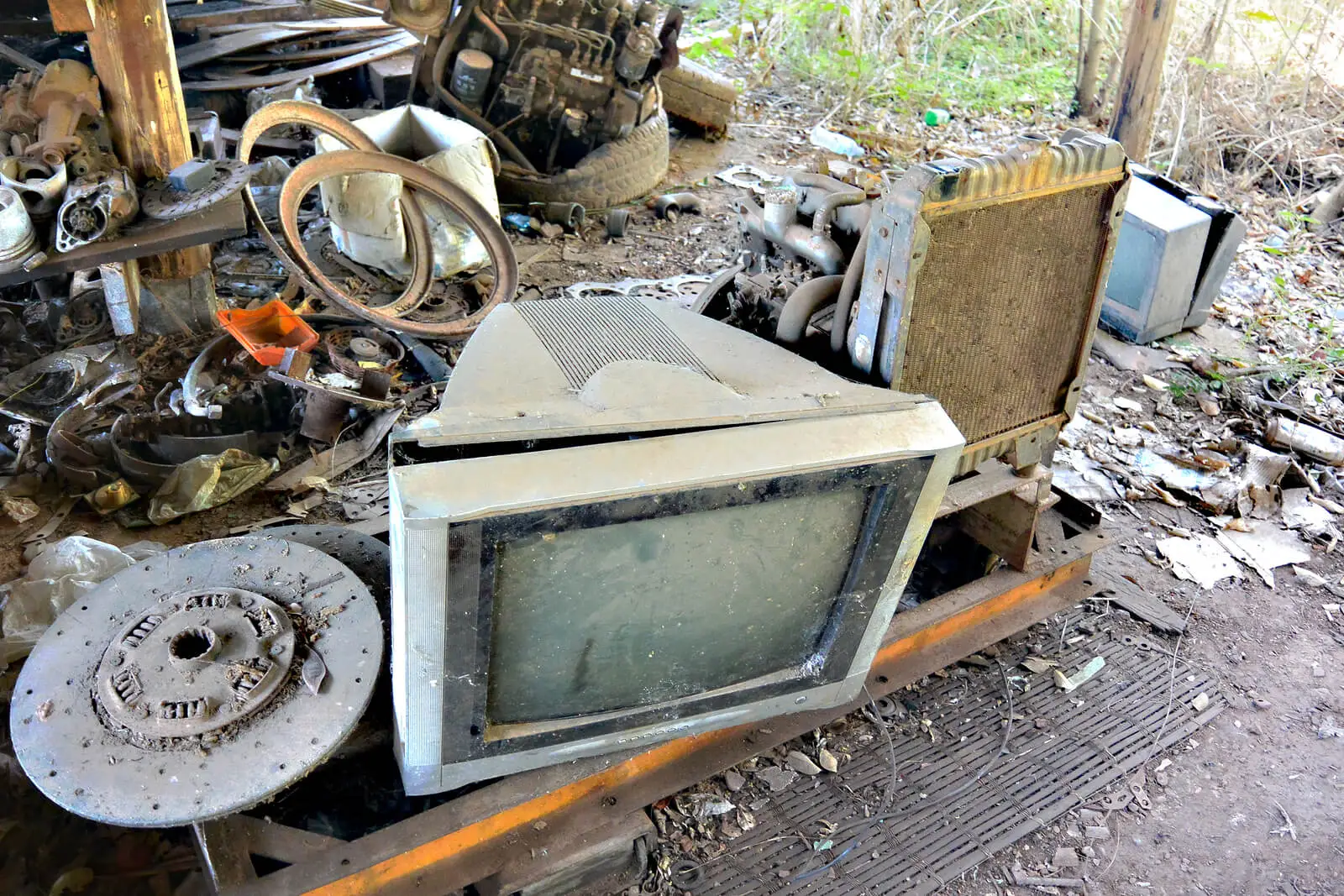
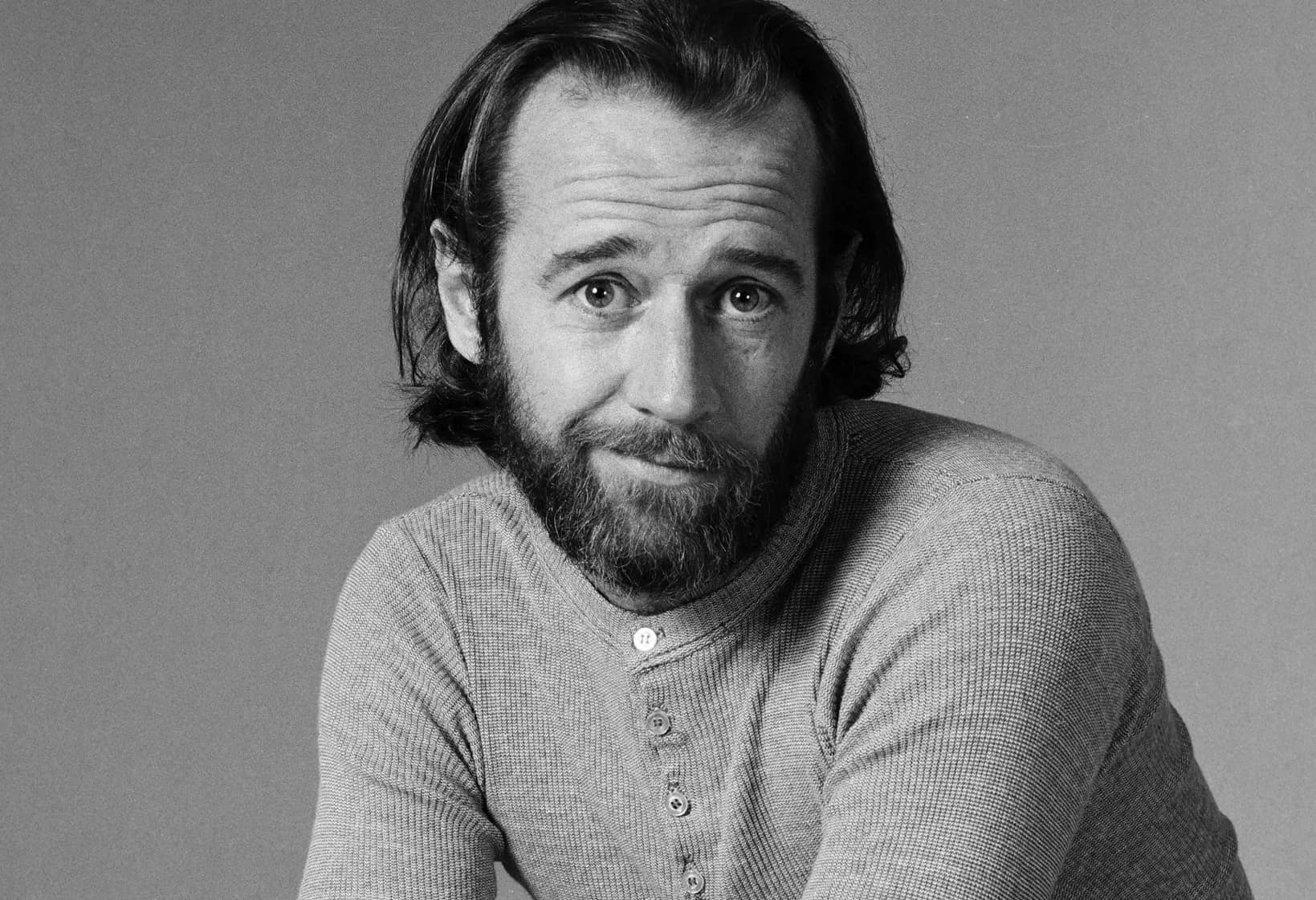
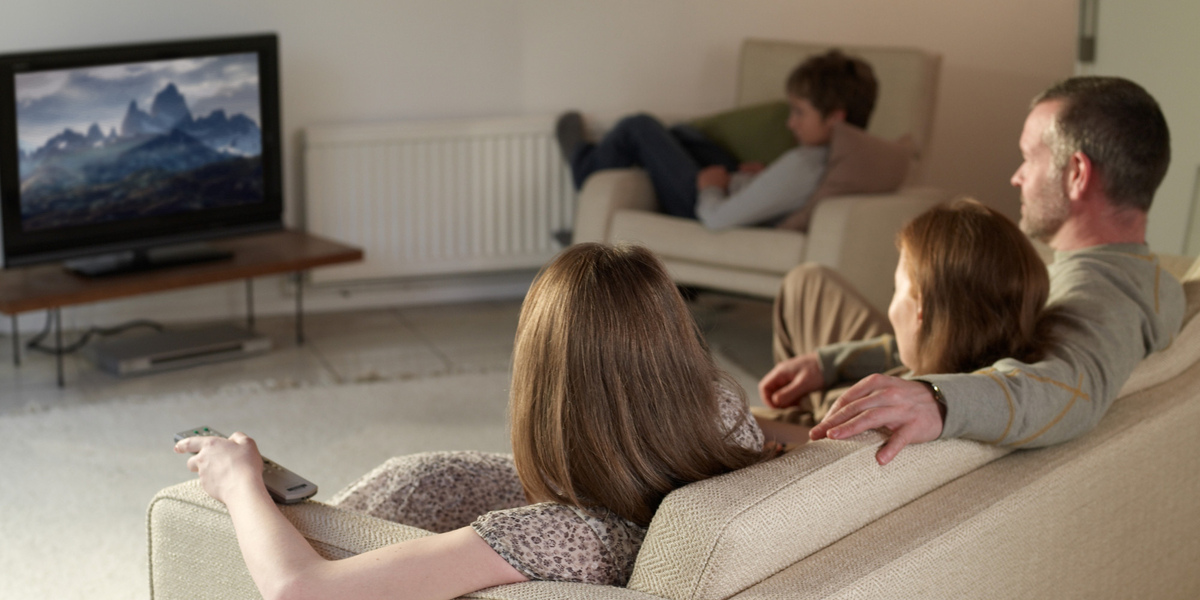
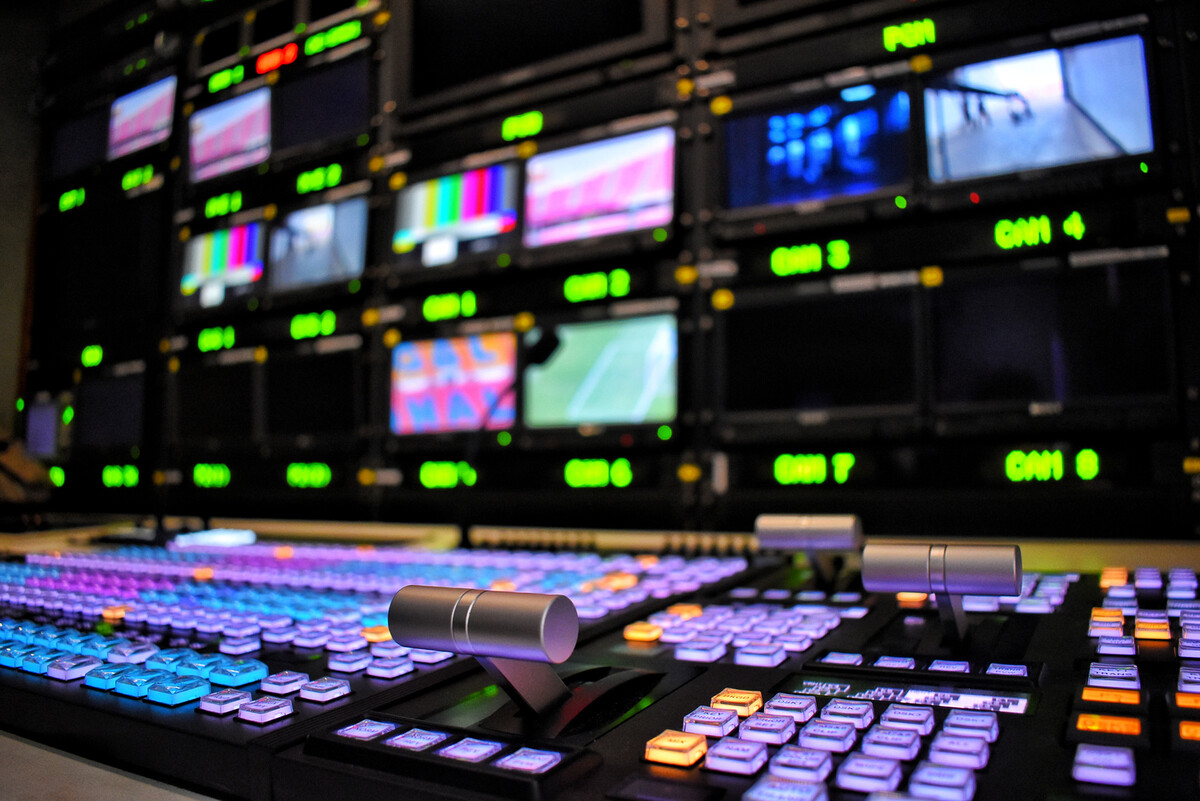
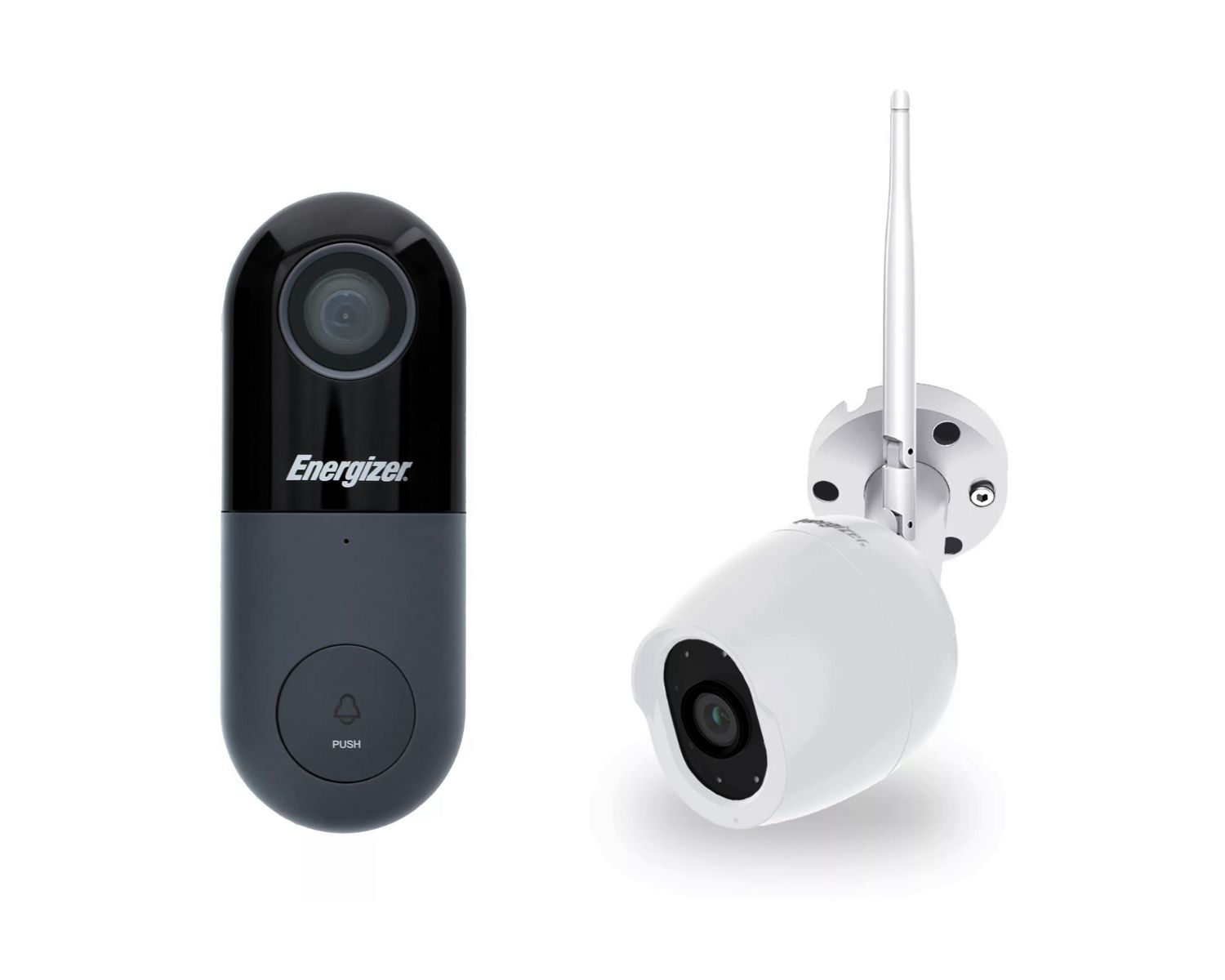
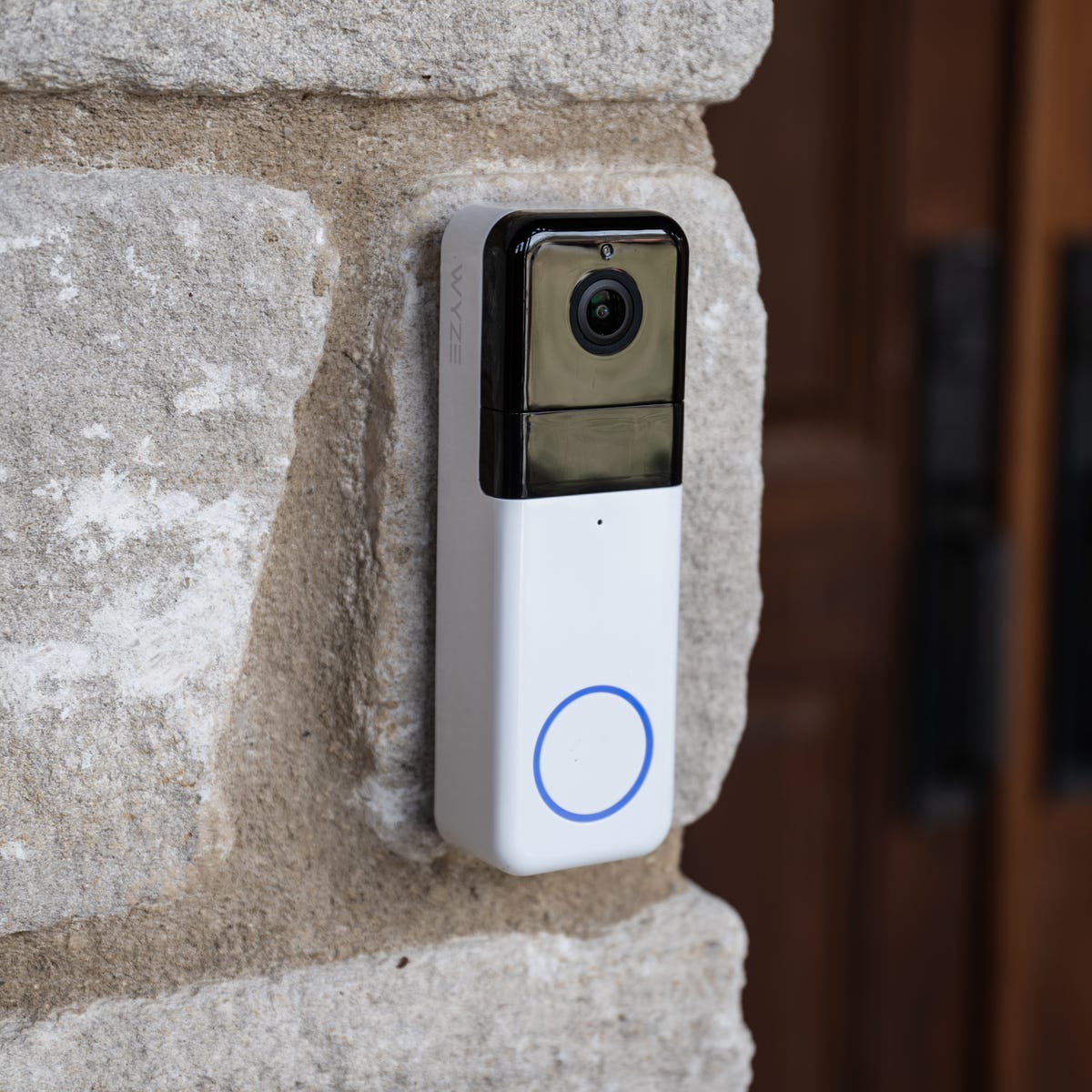
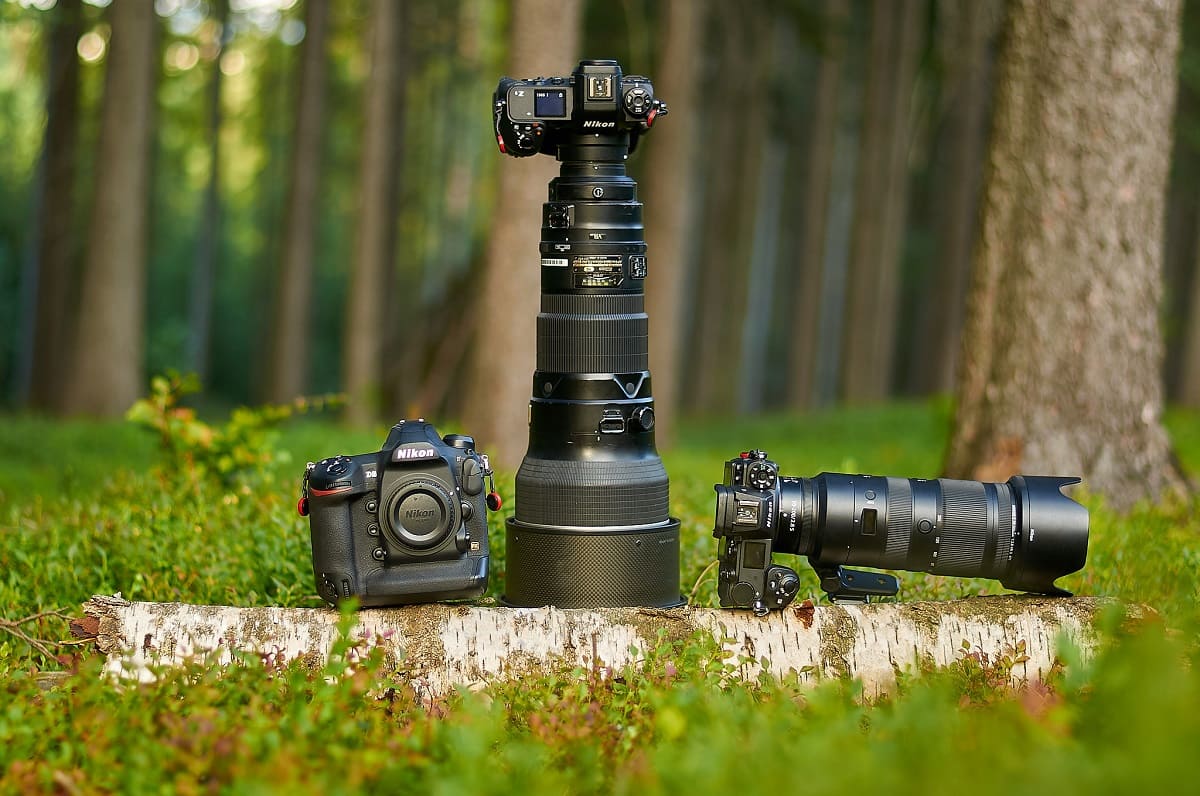
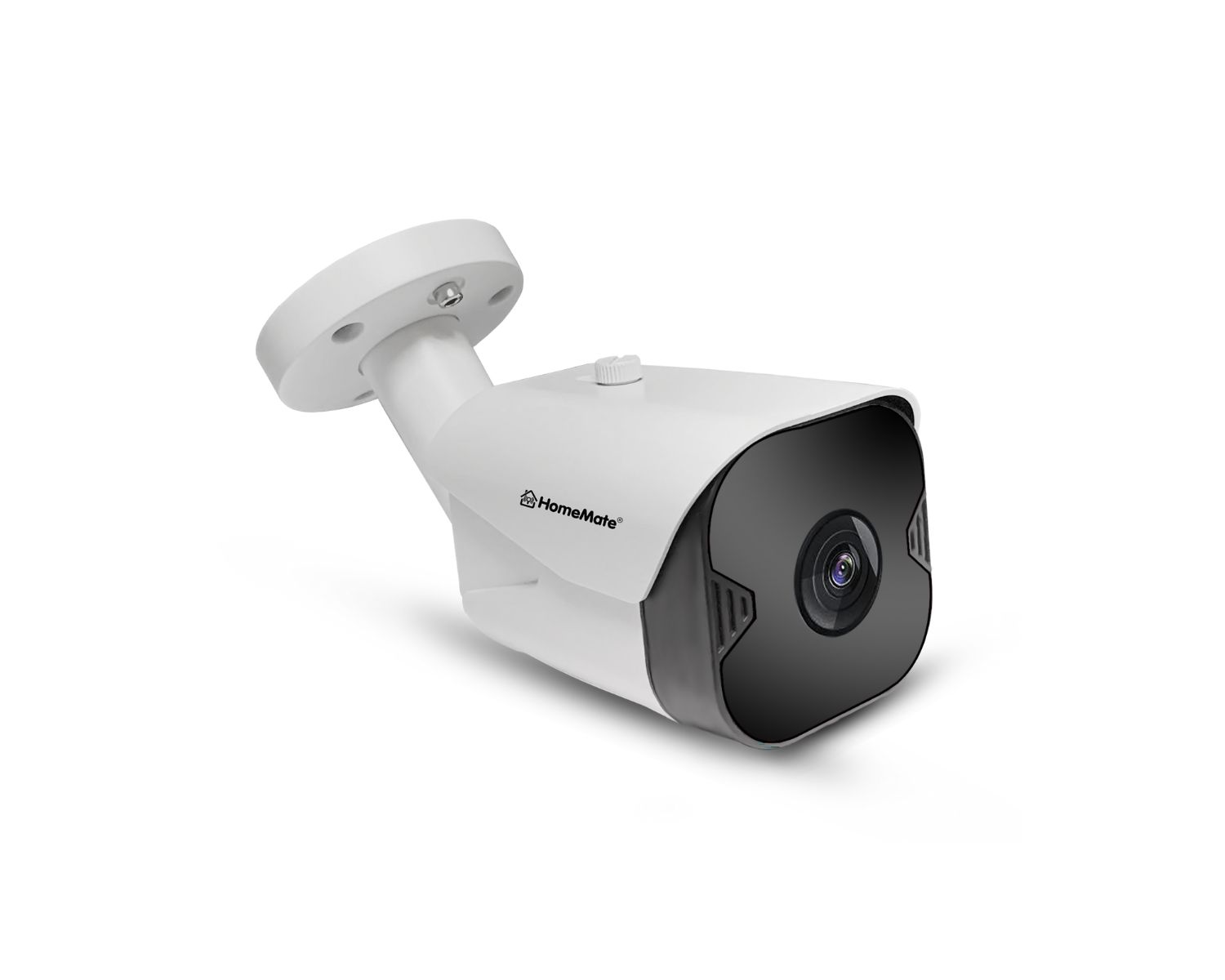

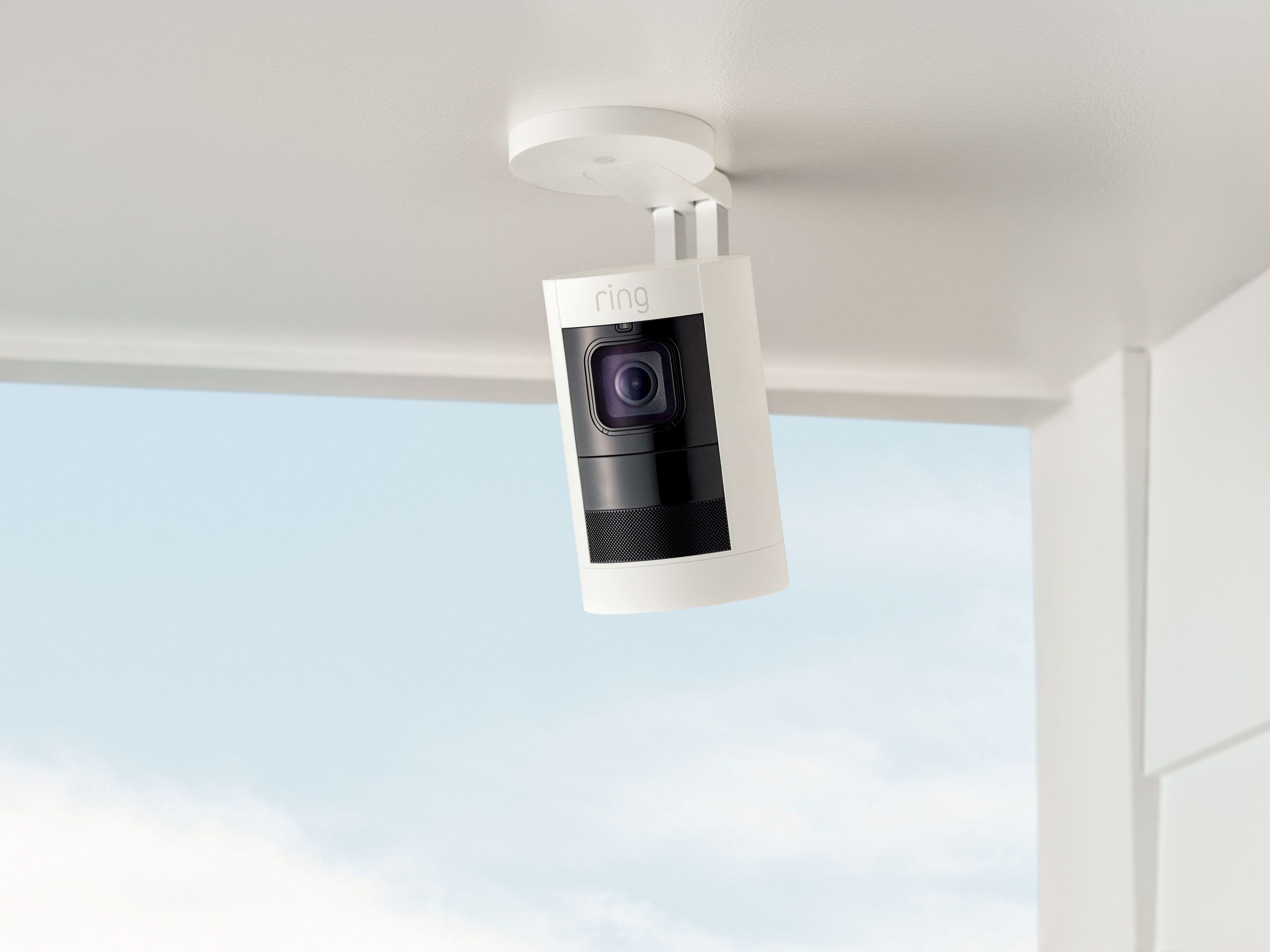


0 thoughts on “Which Of These Can Television Cameras Do?”